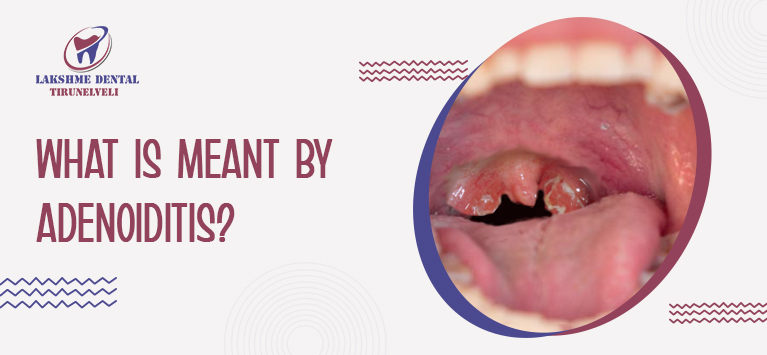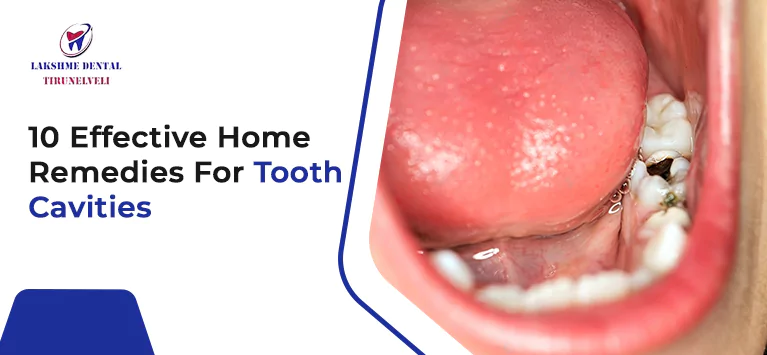
What Is Meant by Adenoiditis?
Adenoiditis refers to an inflammatory condition that happens due to microbial infection in adenoids. Adenoids are a patch of tissues located higher up in the throat, just behind the nose. Hence it is also known as Pharyngeal tonsil and Nasopharyngeal tonsil. Similar to tonsils, the adenoid is also a part of the lymphatic system and serves as the immune system’s first line of defense.
However, many people are not aware of this. It is because the adenoids tend to grow until a person becomes 5 years old. After that, the size of adenoids shrinks and would disappear in the teen years. It means kids are at high risk of getting adenoiditis (or adenoid stones).
Keep reading to perceive its impact on your body and the ways to tackle this condition.
How does adenoiditis occur?
The adenoids are committed to entrap the germs entering our body through the mouth and nose. Likewise, the adenoids hold white blood cells and antibodies to kill the trapped microbes. As the mass of soft tissues filters out the pathogens, they are at risk of infection thusly inflammation in adenoids occurs.
Once it happens, the adenoids cannot function efficiently so various oral complications and bodily disorders occur.
What are the symptoms of Adenoiditis?
As adenoids are located at the back of nasal cavity, their enlarged size due to inflammation obstructs the airways. Hence the sufferer would feel difficult to breathe through their nose and push them to do mouth breathing.
It means the dental problems associated with nasal congestion and mouth breathing indicate this problem in most cases. The possible symptoms include:
- Sleep deprivation
- Snoring
- Sleeping with a nasal sound
- Dry throat
Other symptoms include runny nose with green-colored mucus, ear pain, and swollen glands in the neck.
How do doctors diagnose Adenoid stones?
Kids with tonsil stones, having airborne diseases are highly at risk of getting adenoiditis. Hence it is better to visit an ENT doctor if you notice your little champ encounters infections in the throat.
The ENT Specialists pinpoint swelling in adenoids with a simple physical examination. In certain cases, they confirm whether the kid has adenoiditis using the following methods:
- X-rays
- Throat evaluations using swabs
- Blood test
What are the treatment options available to get rid of Adenoiditis?
Antibiotics are prescribed to treat infections in adenoids. In case the infection progresses deeper inside the ear or sinuses, antibiotics will not help. In such circumstances, surgery to remove adenoids is preferred. This surgical procedure is called Adenoidectomy. It is prescribed in cases where a patient shows recurring infections.
The invasive procedure is performed for kids who are aged between 1 and 7 years. The adenoid removal will not affect the child’s ability to fight against bacteria attacks.
Will the surgery cause any side effects?
No. Adenoidectomy is not tied with any hazardous effects. Meanwhile, your kid would undergo some oral difficulties and adenoiditis signs like mouth breathing for a short while following the surgery. Usually, it exists around 2 weeks and hinders on its own after that. Don’t worry. They are common during the recovery period.
Here are some instances:
- Scabs in the mouth
- Snoring
- Bad Breath
- Sore throat
- Ear pain
- Fever
- Nausea
- Stiffness in neck
Bottom line
Swelling in adenoids (or) Adenoid stone occur due to bacteria accumulation in this patch of tissue located at the back of the nasal cavity. Even though ENT specialists provide treatments to cure this problem, you can diagnose it with the help of a dentist. It is because the infections in adenoids are reflected in the oral cavity as well as the ears.
Hence if you notice any discomforts in your kid’s mouth for no reason, consult your dentist. Adenoiditis might trigger those dental abnormalities.

















